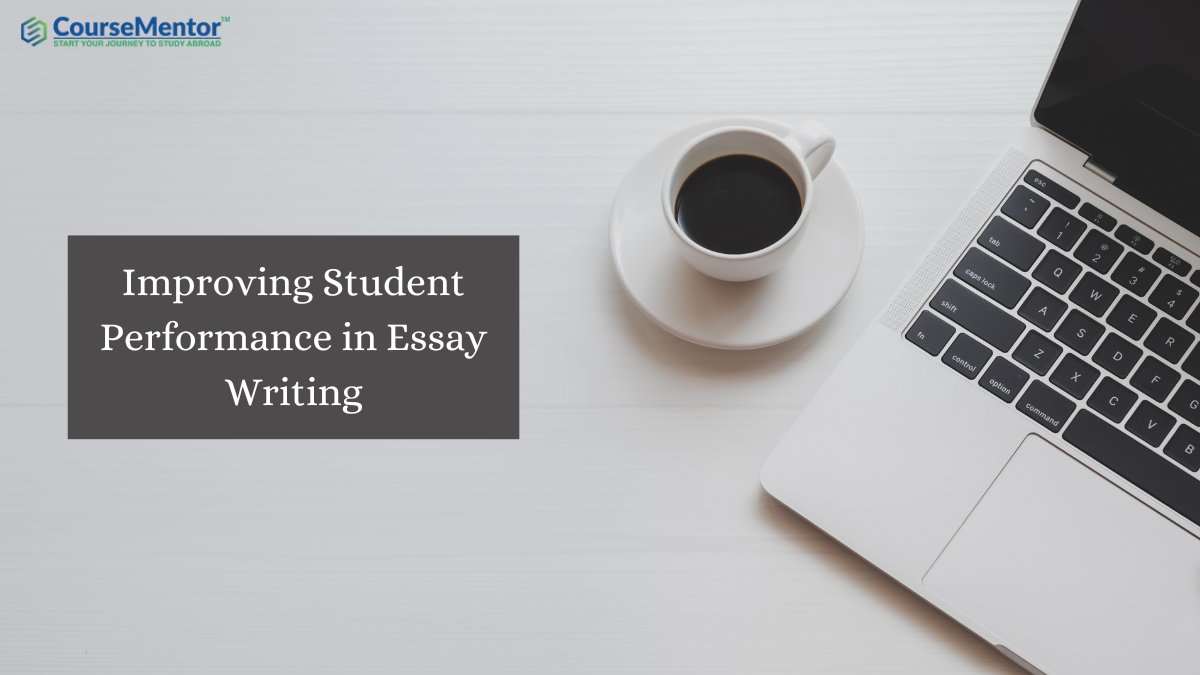The approach to providing feedback on essay writing significantly impacts the quality of learning. The effectiveness of this process depends not only on the identification of errors but also on how they are corrected. Here, we discuss effective feedback practices to improve students’ performance in essay writing.
3 main types of errors in essay writing
It is important to realize that correcting every minor error is not always highly beneficial. This way, you stimulate students with low scores to pay to write essays to get high scores and understand what they did wrong before. However, you can highlight only the main types of errors in essays, which helps students better understand what they missed in previous essays.
The first type is those errors that make it significantly difficult to understand the text. Clarify to the student if any points require further explanation or rephrasing.
The second important aspect is repetitive errors. If a student systematically makes the same type of error, it may indicate the need for a deeper study of the relevant topic. It is important to draw the student’s attention to these shortcomings and suggest additional materials for independent study.
The third aspect is genre errors. Students should remember that different styles and approaches are required depending on the type of writing. For example, active constructions can give a more formal character to an essay, while movie reviews are better formatted more confidently, avoiding excessive use of passive constructions.
Effective feedback practices in essay writing
Regarding how to provide feedback, there are several approaches. Using comments in the document’s margins can be handy for directly pointing out specific points. General comments at the end of the paper can highlight general trends and structure feedback. Audio feedback can provide a more personalized and lively learning experience.
Comments in the margins
Providing feedback using comments directly in the text allows the student to see directly where errors are made or where additional work is needed. This method promotes a more accurate understanding of specific problems in the text.
Spell out clear criteria for grading essay assignments. In this way, students can orient themselves in which direction to move and what to pay special attention to. The same rule should be observed when giving self-checking assignments.
General commentary at the end of the paper
By summarizing the overall results, the instructor can highlight the work’s strengths and points that need improvement. This method gives the student an overall picture of their progress and makes it easier to focus on key aspects.
Give feedback using the sandwich rule, placing criticism between two positive comments. For example: “Thank you for your timely essay, but check the spelling in the body of your essay again. I’m sure you can do it!”
Use of signs and acronyms
Replace long comments with more compact signs such as “s” for spelling errors, “t” for time errors, and “NA” for misuse (not appropriate usage). This simplifies the correction process and helps students navigate their errors more quickly.
If you google “minimal marking” or “correction code”, you can see commonly used abbreviations.
Audio feedback
Mark specific points in the text with numbers, and attach audio notes with comments to those numbers. This approach not only saves time but also adds an element of personal communication, which can be especially helpful for visual and auditory learners.
When giving praise for students’ work, emphasize the child’s efforts rather than his or her talents. If students perceive something as a “talent,” that is, something they either have or don’t have, they are less motivated to learn more. If praise is given for effort, they will realize that they can grow through their actions. This way, they will be more motivated to learn.
Face-to-face conversation
Having a one-on-one conversation with a learner allows for a more in-depth discussion of their work, identifying weaknesses and strengths. This provides additional guidance. This method can be particularly useful when a more detailed explanation is required.
You can give and receive feedback during the class, even without words in a live format, because you see each other. In the online format, it is more difficult. But here, it is easier to use a personalized approach: you can talk to the student in private messages.
Student-to-student sharing
Creating a shared document where students can see comments on their classmates’ work promotes learning through knowledge sharing. This method encourages collaborative learning and provides additional motivation to improve performance.
Also read: Where I Can Get Best Essay Writing Service in United States?
Conclusion
Thus, effective feedback delivery requires highlighting errors and various methods for correcting them, as well as including students in the active learning process. The choice of a particular feedback practice depends on the preferences of the teacher and students, as well as the specifics of the essay. Combining different methods can have the best effect, providing a more complete and individualized learning experience.


